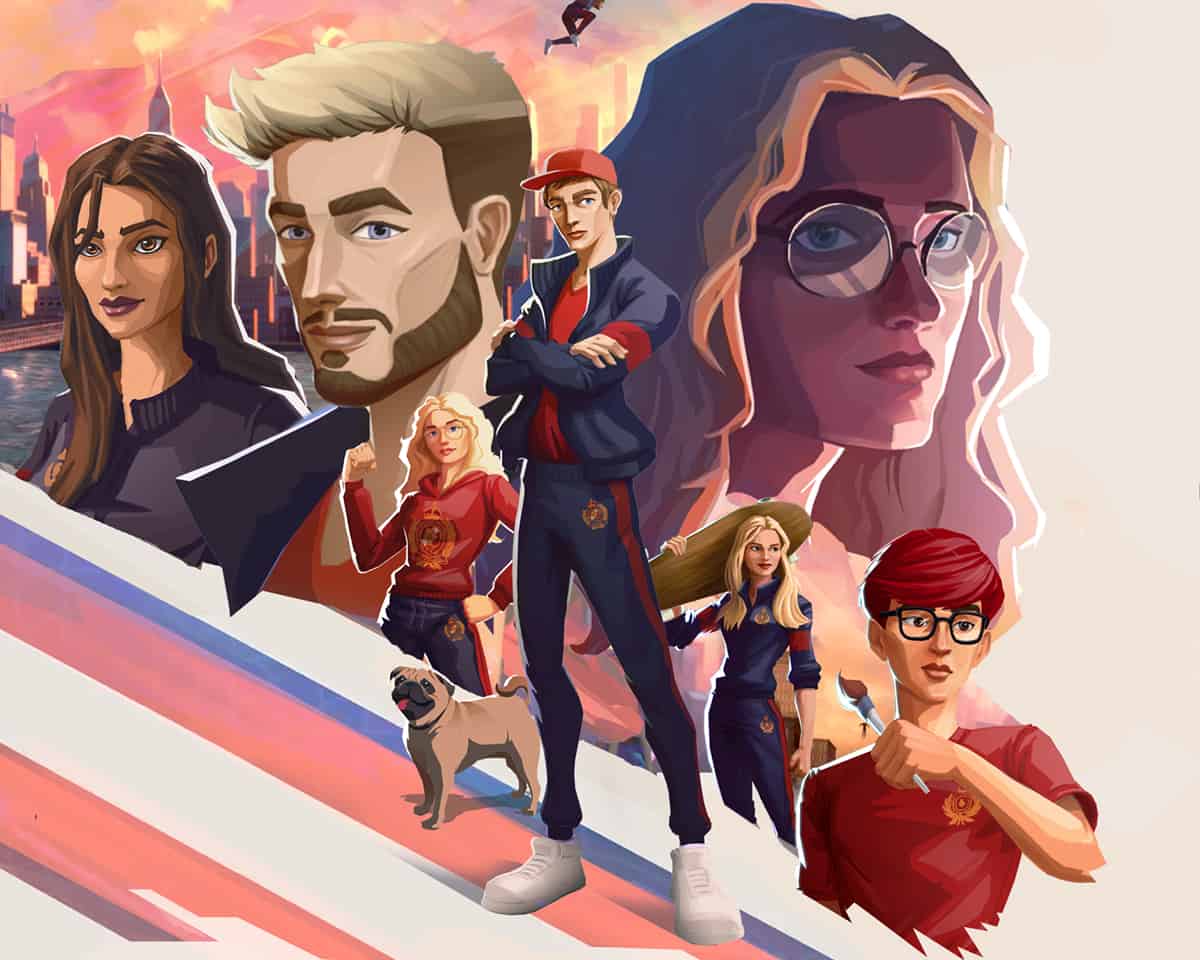FROM OUR AUGUST ISSUE: BEYOND THE HYPE: WEB3 WILL SET YOU(R CUSTOMERS) FREE

The entire MR team is proud to present our August 2023 issue. Haven’t gotten your copy, yet? Feel free to page through a digital copy at Issuu, and we’ll continue to post individual stories on MR-mag.com. If you haven’t been getting MR in print, be sure that you are on our mailing list for future issues by completing this form.
Many platitudes have been coined by historians, macroeconomists, and trend forecasters to describe watershed moments in time. “History may not repeat itself, but it often rhymes.” “A generation that ignores history has no past and no future.” “History will be kind to me for I intend to write it.” The last one – from Churchill – I actually like. Say what you want about the man, his politics, social views, etc., but he had conviction. He understood the rules of the game and how to put the ball in the basket.
Those who understand the moment in which they are living are best situated to “futureproof themselves” and win tomorrow. Think back to the early-to-mid aughts. With the rise of blogging, emerging brands like The Hundreds, overnight, could magically reach as many customers as any mainstream legacy brand. Fast forward a decade, as blogging made way for social media, brands like Warby Parker could suddenly purchase more attention through paid search for a fraction of the cost their competitors paid for mailers and traditional broadcast media. The best of them found success marrying content with advertising, and this is what separated them from their peers (for every Mr. Porter, we have a dozen Park & Bond – remember them?).
We are standing on the precipice of the next watershed moment in technology and consumer culture: the proliferation of “Web3.” Where the earliest version of the internet (Web1) enabled users to read static digital content and Web2 made way for users to interact with it (read + write), Web3 introduces something new to the internet: ownership.
For the first time, creators and consumers can actually own their digital assets (images, videos, NFTs, cryptocurrencies) instead of licensing them for limited use within a single platform. From internet-native currency to digital objects, users are slowly becoming empowered to do with their digital assets what they may, as opposed to operating within the terms of service of walled gardens. Want to export your social media followers from Instagram to Twitter? Maybe use your rare Fortnite (the online video game) outfit inside Roblox (a platform with even more games)? What if we added marketing programs that could reward your customers for their loyalty with even more digital assets, which they could earn for giving brands their undivided attention?

Today, these examples are not merely hypothetical but achievable to varying degrees with the help of Web3 tools built on blockchains. Wallets, tokens, and other critical infrastructure exist to free you and your consumer from the tight grip of Web2 (Facebook, YouTube, Wikipedia, and even yours truly, MR-mag. com) – from the platforms that acquire and sell you and your customer’s data to fund their operations and keep you siloed from your peers, competitors and most damagingly, your consumers. But in a world where users own their data – from their avatar wearables to their loyalty points – the old world breaks down: they can opt into gamified and immersive experiences on open and decentralized platforms, not owned by corporate behemoths, and earn assets that they own and can freely use to transact.
Back to the current state, the DTC playbook has grown tiresome, and it’s become increasingly expensive to run: customer acquisition cost is down, lifetime value is up; social shopping is anything but “social,” a flat, uninspiring experience that’s removed foot traffic from our stores, increased return rates and put us all in a race to the bottom. Web3 provides another way – a way to build community and affinity directly with your customer, a way to truly own the relationship. And while it’s still early, similar to those brands that blogged and spent their way to success, the following platitudes sure do paint a picture: fortune favors the bold, the only constant is change and innovate or die.
See you on the other side of the chasm!
Brian Trunzo is the head of business development, North America, for Polygon Labs (a creative services and software solutions studio) and “Web3’s Forrest Gump: crypto-native blockchain professional, fashion bro, brand strategist, trend forecaster, author, and attorney.”








